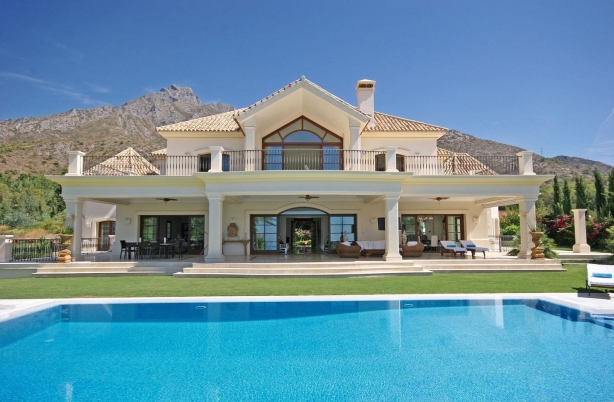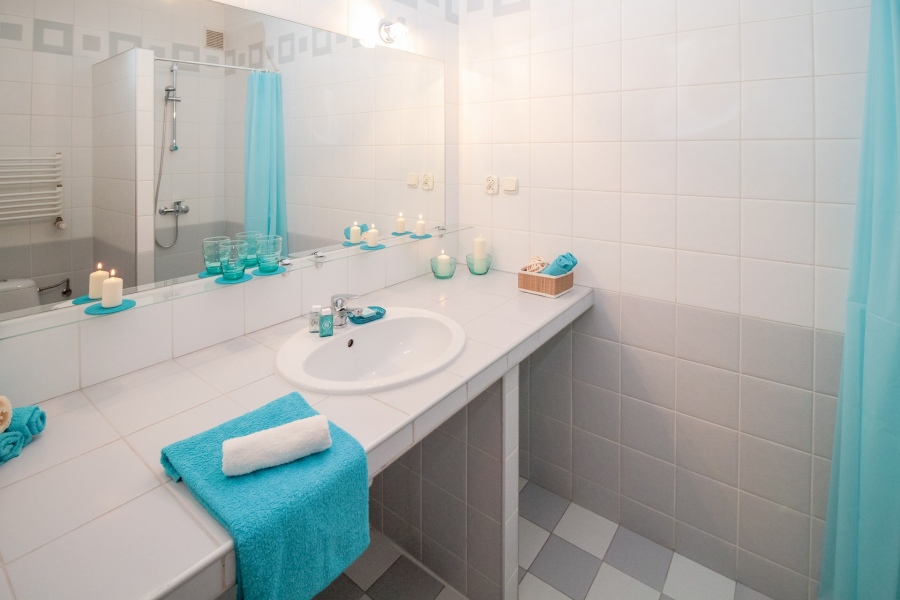A recent report commissioned by international credit ratings agency Fitch has suggested that Spanish property prices, which are currently 30 per cent lower than their 2007 peak, are set to continue falling up to 2015, with a possibility of bottoming out in the latter part of that year.
Whilst interest in Spanish property is comparatively high, particularly amongst international investors (due in part to the recent “golden visa” scheme by the Spanish government), more than a million properties remain unsold which could be a factor in preventing price inflation for at least another 12 months.
The current downward spiral is also aided by the continued mass sale of repossessed and unsold property developments by Spanish banks, primarily the so called “bad bank” Sareb. Throughout 2013, the state of the economy meant that banks became more willing to offload certain properties at massive discounts in a belated attempt to clean up balance sheets and ensure they were in the black going in to 2014.
Expectations are that as prices decline and incomes increase, many properties will become more affordable, this ratio will continue to improve until mid 2015, when Fitch expect prices to bottom out.
Currently though, in the first quarter of 2014, the mortgage market continues to be depressed and this is not expected to change until next year with mortgage lendings hitting a new low of 100,000. This situation is related to the weakening of the mortgage market in November last year when it was reported that the number of mortgages granted had fallen 26.6 per cent year on year since 2007. This corresponds to nearly €1bn in lost revenue and a massive 84 per cent dip in the number of mortgages being granted.
Whilst the buy-to-let and lending markets remain bleak, a significant pickup in in property sales to affluent foreigners, is helping to add a certain degree of buoyancy to the real estate market.
Buyers needing to leverage their purchases are expected to be significantly more cautious as mortgage performances are negatively affected by a rise in interest rates, something which is expected to happen later this year.
It would not be surprising if the Spanish property market became more fragmented over the next 12 months due to a faster rate of price inflation in the more popular areas of Spain such as the Costa del Sol. There is a possibility that this could lead to localised bubbles, similar to the situation we see in the UK, with London said to be in a “super bubble”.
To Conclude
Despite the fact that low prices equals more foreign investors looking for real estate bargains, over 10 percent of Spanish mortgage holders are in negative equity, and for them this situation means extended misery. More than half a million are stuck with properties until the situation improves or they are forcibly evicted, if the trend continues as expected, these figures could rise to 710,000 by the end of the year.
Bradley shore is an experienced real estate blogger, he has been writing articles on property and investment for a number of years and has a high expertise in these areas, he has been doing his most recent work for Altavista properties but usually tends to stick to freelance.





